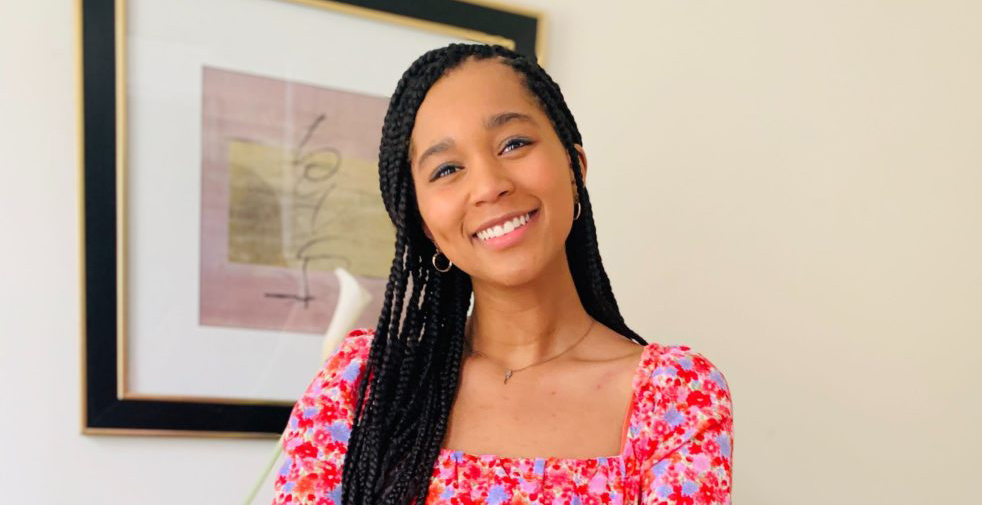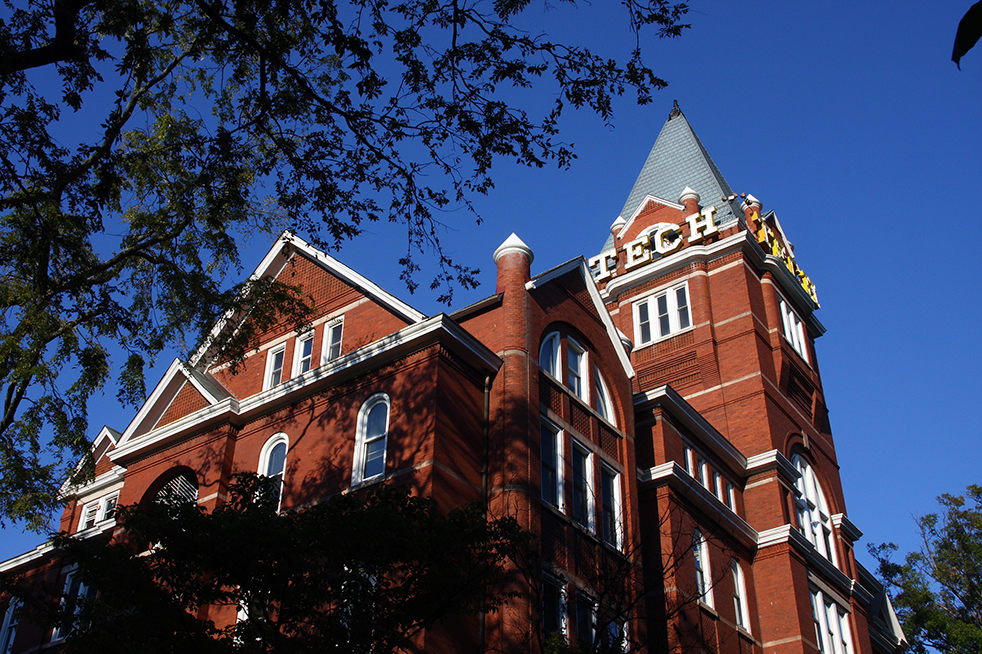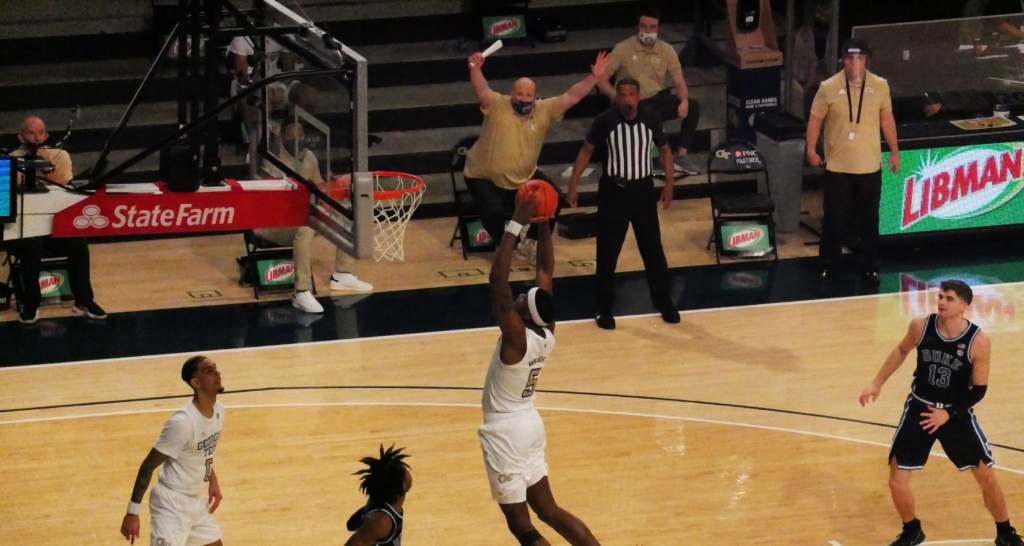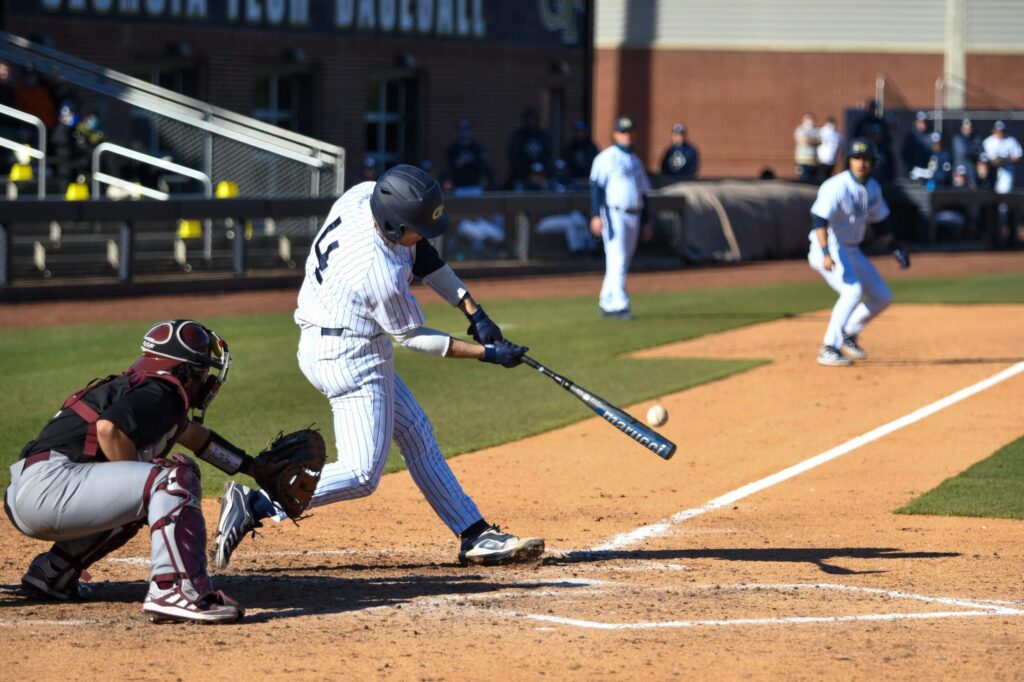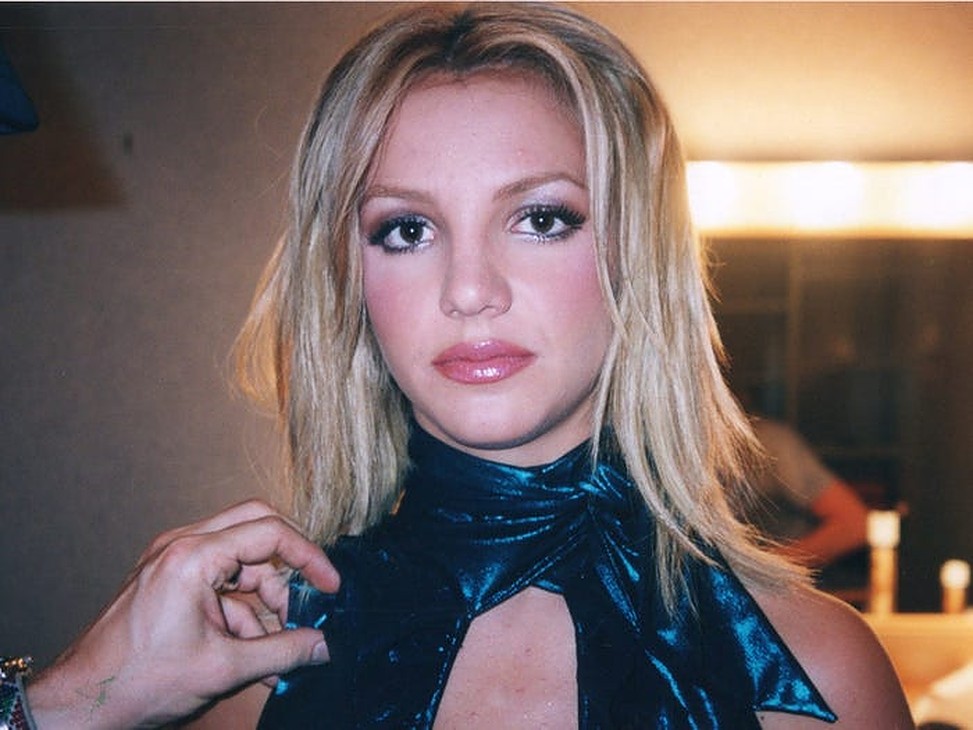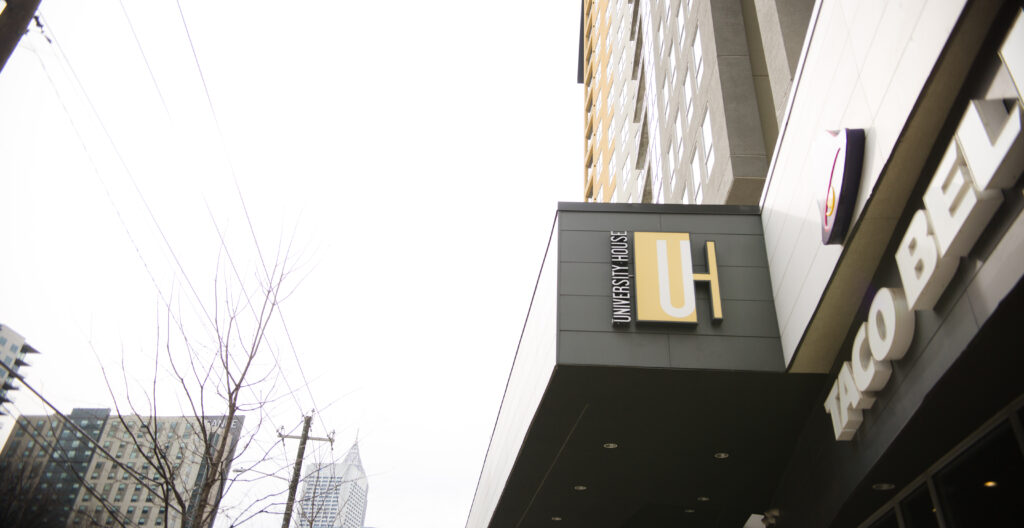Posted on 19 February 2021.
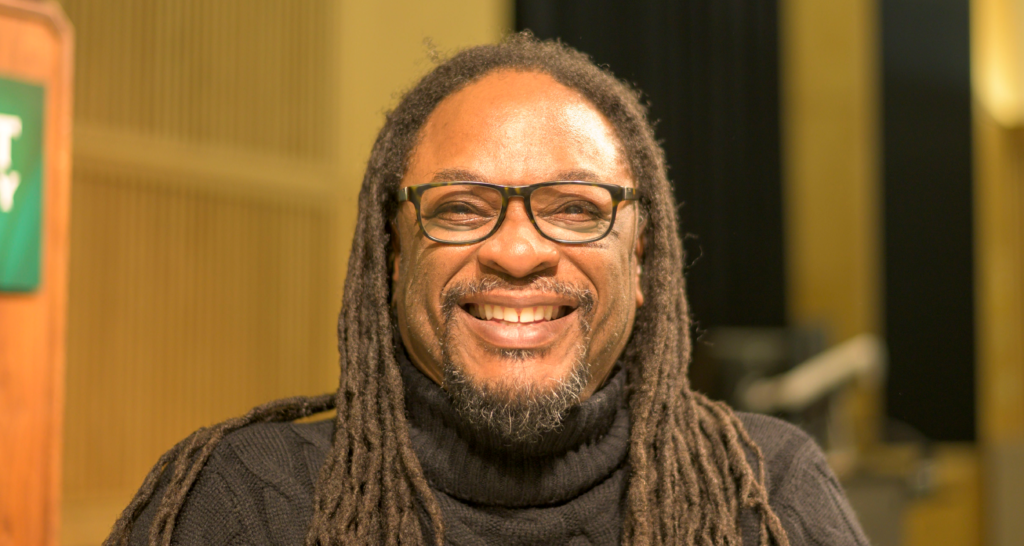
On Tuesday, Feb. 9, the Office of Fraternity and Sorority Life hosted a talk with author Lawrence Ross to discuss the experiences of Black students on college campuses and how racism remains rampant across the country — both in the Greek life system and outside of it.
Ross attended both University of California, Berkeley and University of California, Los Angeles (UCLA), where he graduated with a BA in history and MFA in screenwriting. Ross is a member of Alpha Phi Alpha Fraternity Inc.
He has written several books, including his latest, which was the focus of the talk, “Blackballed: The Black and White Politics of Race on America’s Campuses.”
The talk covered many topics, including detailing racism on college campuses across the country, both recent and from the past.
This includes racist parties and songs, blackface, assault of Black students and the usage of racial slurs.
“The problem is that oftentimes, when we have this look of college campuses, whether that’s Georgia Tech or anywhere else as being utopias, what we don’t do is give a real realization that these spaces are just like the rest of America,” Ross said.
Ross explained how institutions and colleges often handle racism and how this ends up shifting the focus of the conversation away from the target of the incident and to the person who was being racist.
“The very first thing the institution or the organization would do, would individualize it,” Ross said. “‘These are just two people at one chapter. Don’t look any further, two people at one chapter.’ The next thing they would actually do is they would minimize its impact. ‘This does not reflect the values of the fraternity or reflect the values of the organization or the institution,’ and then the last thing they would do is they would trivialize it.”
These actions end up dismissing the impact of racism on students of color.
Part of the talk included a short quiz.
It asked attendees if they would be able to identify both their race and others’ races.
“If you can recognize yourself and you can recognize other people and their race and ethnicity, then you’re not colorblind, and in fact, we don’t want you to be colorblind,” Ross said.
Ross continued by explaining the danger in refusing to acknowledge race.
“Usually when people are talking about they’re colorblind, what they’re really trying to say is that ‘I recognize there are racist stereotypes associated with your race, and I don’t want to fall into those, so I’m going to erase you,’” Ross said.
He also explained how diminishing the importance of race as a sociological concept is a form of erasure as well.
“A lot of times people will say, ‘Well, race is a social construct,’ as though to say that it’s not that important, right?” Ross said.
“… Money is a social construct. How many of y’all are willing to give me all the non-important social construct money that’s in your bank account? Seriously, because one could be a biological nothing but also a sociological everything in this country.”
Ross continued by discussing the difference between race averse and race aware students.
“A lot of times what will happen is that you will see an overestimation of the race in terms of the projection, whether or not it’s on your IFC [Interfraternity Council] or Panhellenic or on your college homepage,”
Ross said.
Ross also discussed how relying on common historical narratives, such as that the integration of universities meant the end of racism, as extremely harmful for Black people who still face educational disparities and racism on college campuses.
“Jim Crow segregation was something that was constructed intentionally from the federal level, local level, the state level and culturally, to be able to create access for whiteness, lack of access for those who were not white,” Ross said.
Affirmative action was a policy that began during the 1960s to intentionally provide Black Americans and groups who have faced discrimination for their gender, race, sexuality, religion or nationality the opportunity to gain access to spaces they had been forcefully kept out of for centuries.
“It basically says, ‘We understand that society is intentionally inequitable,’” Ross said. “‘Intentionally, it’s not just simply because people make choices, it’s intentionally inequitable because we did all of these things.’”
Affirmative action has become such a contentious policy that in 1996, California Proposition 209 was passed, banning affirmative action for any of the state’s governmental institutions. Studies have found that since 1996, Black, Latinx and Native American students’ enrollment rates in California state institutions have dropped.
College campuses themselves also create spaces that still give a platform racist and reprehensible people from history by naming buildings after them or honoring them with statues.
“Oftentimes, the campus environment itself can be insulting to people of color,” Ross said. “Remember, most of our campuses have been around for over 100 years, you know maybe 200 and something and sometimes 300 years.”
Examples of this include Russell Hall at the University of Georgia, which is named after Richard Russell, a U.S. Senator for Georgia who was a staunch segregationist, and the Silent Sam statue at the University of North Carolina Chapel Hill, a Confederate monument that was toppled in 2018.
“It’s important to understand that symbols matter and buildings matter,” Ross said. “They’re not just people being hypersensitive.”
Specifically within the IFC and National Panhellenic Conference (NPC), historical and current racism must be addressed with complete honesty.
“If you’re going to deal with a topic like race and racism, you have to be honest with yourself and you have to be honest with yourself in understanding that when we talk about race and racism within IFC and Panhellenic, it sure as hell wasn’t inadvertent.” Ross said.
“It was purposeful and intentional and continues on to this day.”
Ross emphasized the inherent responsibility that each person has.
“You have to be anti-racist to the point that what you’re talking about is that you believe in an American society where everyone should be able to take part as first class citizens,” Ross said. “That means you have to be anti-racist, anti-misogynist, anti-homophobic, anti-ableist.
“You have to look at everything and constantly say to yourself, how can you make this world better.”
He continued that white students should never expect it is the job of minority students to educate them and that it is their responsibility to learn how to support communities of color.
“White students need to go out there and demonstrate that when they actually put out a statement, that it is not just performative, it actually has some teeth to it,” Ross said. “White students should not rely upon minority students to be their racial whisperers.”
To close the talk, Ross left attendees with a message that using your voice is one of the most powerful ways to make change.
That change could be in IFC, NPC or in spaces outside of Greek life and college campuses.
“Are you going to be the part of the people who are just the non-racist ‘I don’t want to talk about race. I’m racing averse,’” Ross said.
“Are you gonna be anti-racist? Are you going to make up an excuse about why you can’t speak up, or are you going to be in spaces where you may be the only person to actually have a voice?”
Ross has also written “The Divine Nine: The History of African American Fraternities and Sororities,” which, in addition to his most recent work, provide a closer look at the intersection of Greek life and race on colleges campuses.
